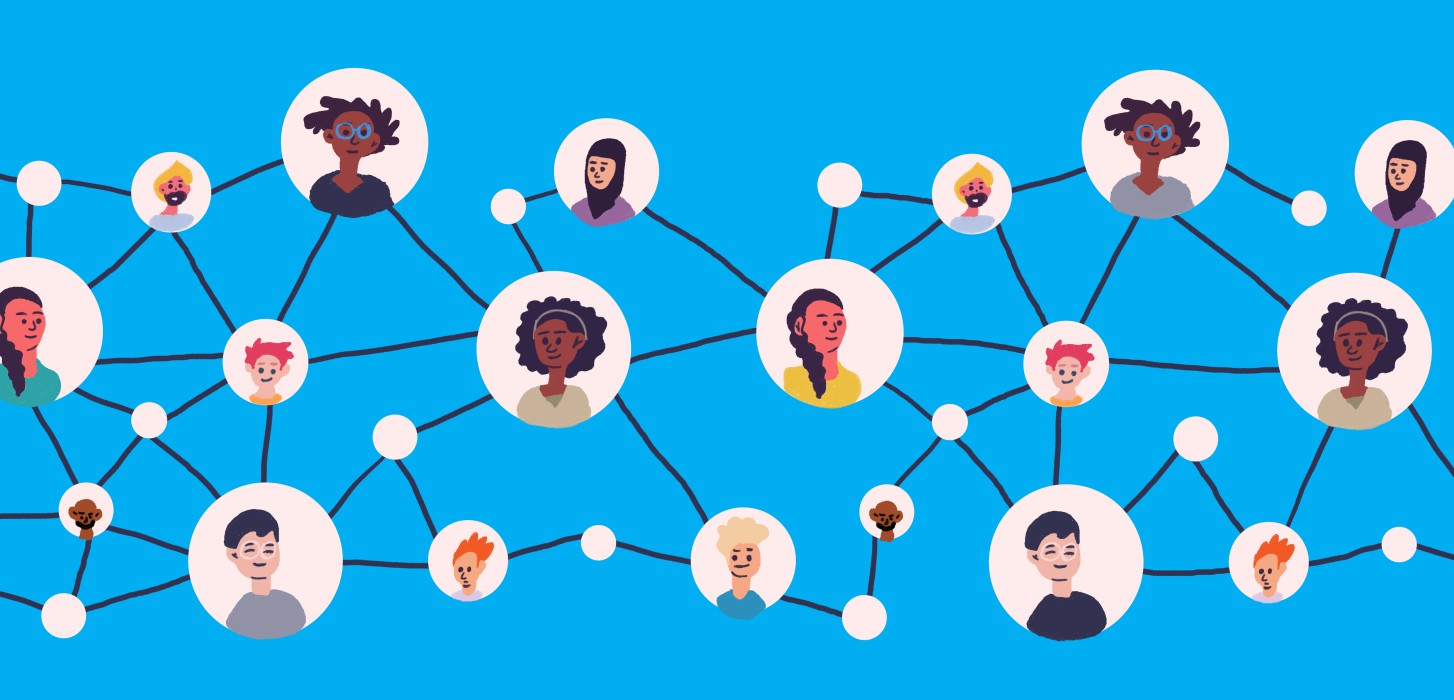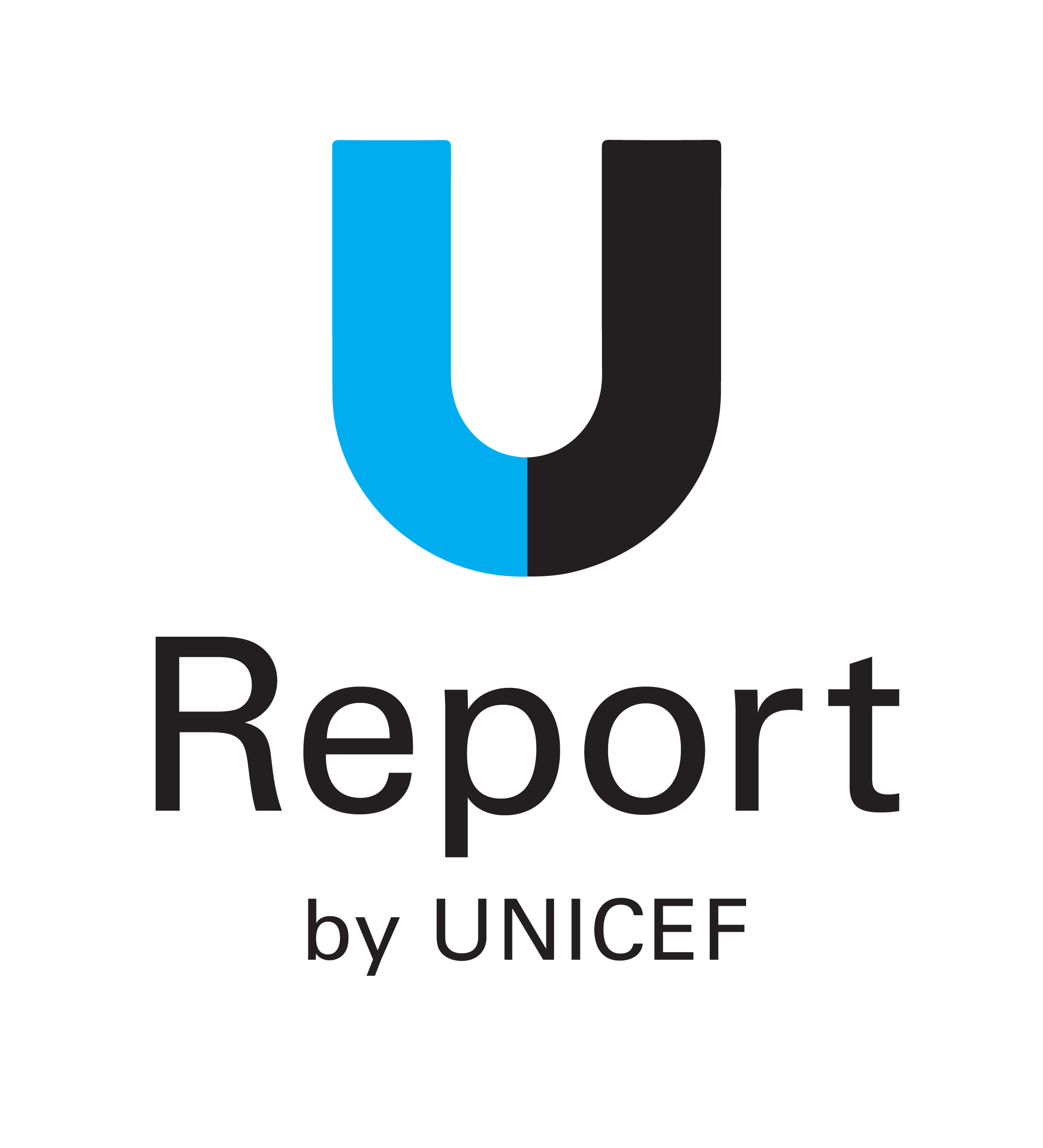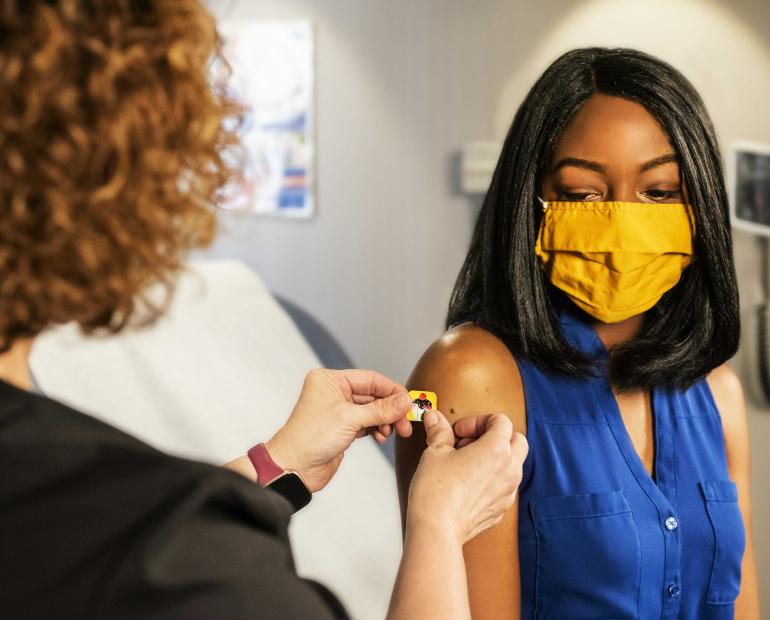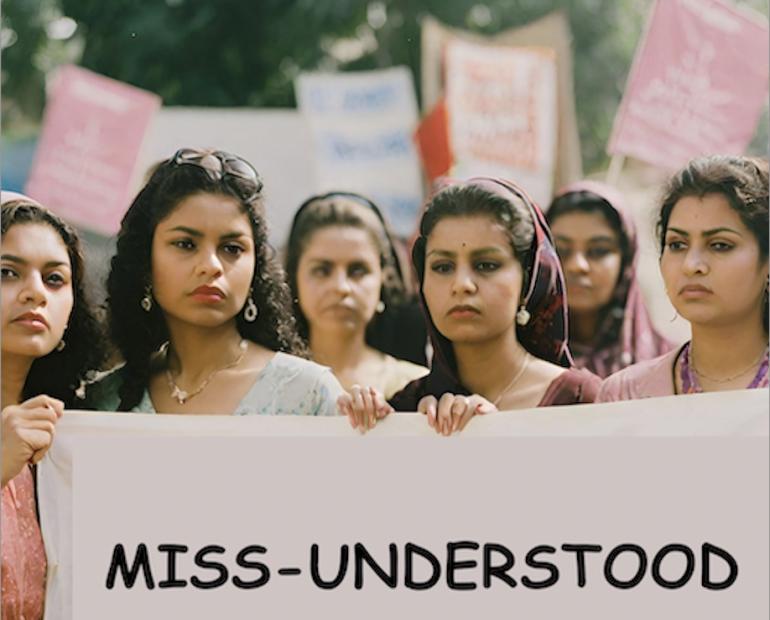The world is facing huge challenges, and while many of these were not of our making, they’ve been left for us to deal with. Poverty isn’t something we just read about, education isn’t guaranteed, and climate change is real and already making our taps run dry.
The world’s youth demographic is growing and such an enormous change in demographics presents immense opportunities – and challenges. We need to start conversations and bring about long-lasting change for the betterment of all society.
This guide has been developed by young people of varying ages, with different lived experiences, and a passion for change. Initially developed in 2018 by the Africa Service Unit, this latest iteration, adapted by young people across the world, includes updated resources, training materials, and case studies to reach a global audience. 2022 Youth Advocacy Guide work is led by UNICEF’s Adolescent Development and Participation (ADAP) team in collaboration with the Health section and the Division of Global Communication and Advocacy (DGCA).
The Youth Advocacy Guide aims to support youth advocates around the world as they progress along their advocacy journeys. The guide is a resource to empower young advocates to gain a deeper understanding of and capacities for advocacy, ranging from meaningfully engaging with policy, researching their advocacy issues, building networks and fostering allies, to embarking on advocacy campaigns, and monitoring their advocacy efforts. The resource also includes sections on how advocates can maintain their mental wellness, and walks advocates through efforts to develop their own advocacy plan.
If you’re ready to make a change but you’re not sure how - keep reading!
Did you know the UNICEF Youth Advocacy Guide has been updated?
Check out the newly adapted global version available in English, French and Spanish.
[Coming soon in Arabic and Portuguese!]
Also have a look at the Youth Advocacy Resources Hub for more tips, tricks and tools to help you along your advocacy journey!
You can also host your own advocacy training! Download the training guide and collaborative workspace here.
![The Youth Advocacy Guide [ENG] cover page](/sites/voy/files/images/2022-04/yag_cover.png)
What is Advocacy?
Advocacy is about doing something to support, recommend, or implement actions linked to an idea or cause that you care about. When we advocate for an issue, we are holding those in charge accountable to ensure that our rights are protected and upheld. We are not asking for favours. Advocacy uses our collective voice to defend and protect rights, or to support different initiatives or causes. Your advocacy can bring about changes in policies, programmes, actions, behaviours, institutions and investments.
Advocacy comes in many shapes and sizes:
- Big movements & collective action: We often think of advocacy on a large scale - about big public demonstrations or campaigns to change laws. These include youth movements like #FeesMustFall, to address university access in South Africa; #NotTooYoungToRun, to reduce the age limit for elected office in Nigeria; and #FridaysForFuture which calls for urgent climate action by governments.
- Small or independent acts: Advocacy can also be small actions such as picking up rubbish on the street and encouraging your friends to do the same. It can be more independent, such as researching and providing health information to a community leader to help promote healthy lifestyles. Or it can be about communicating ideas, such as writing a blog or sharing your experiences.
Youth participation and policy are two concepts you need to understand throughout the advocacy process. Read more about them here!
In some ways, the advocacy process is linear – you gather information and become knowledgeable before you develop a plan. In other ways they are circular – the more you engage with policy, the more you may identify activities to include in your plan, or issues you need to gather more information on.
If you’re still feeling a bit uncertain about some of these ideas, that’s okay. As you begin your advocacy journey, you will start to see how interconnected everything is. There is no perfect time to start. Find an entry point and jump in!

Finding your issue
Before we can start any advocacy process, we need to start with ourselves. Think a little bit about what you’re doing and why. Think about what you bring to the discussion and where you might be able to make a difference. Remember that advocacy is not always immediate, and that sometimes your efforts need to be long-term.
Choosing your issue
No matter what your area of interest, the most important thing is that you are passionate about your cause and that you are inspired and motivated to get deeply involved. When looking for your issue, it is important to think about your current situation, but also about the future. The global population is going to be the youngest one we have seen in decades. By 2030, there will be 2 billion young people seeking opportunities. What will this mean for education, jobs, and healthcare? What decisions need to be made today to satisfy people’s needs in 10, 15, or even 30 years?
Are you having trouble finding a cause you are passionate about? Click here for some ideas on how to get started.
Understanding your role
In advocacy, there is a place for everyone. Every individual offers a unique set of skills and abilities that play a role in the process. As an effective advocate, you need to understand your strengths and abilities. It is also important to identify areas that you need to develop and become better at. Advocacy is a constant process of learning and understanding.
Some of the main roles involved in the advocacy process include researchers, speakers, writers, or implementers. This is why teamwork is so important - you can start to form a team of people who, collectively, provide all the skills and abilities needed to effectively achieve your advocacy goals. Click here to find out more!
Getting started
The first step in an advocacy process is to gain a deeper understanding about your issue or topic. The more you understand your topic and the issues surrounding it, the better equipped you will be to take action.
Research can be done through desktop research, or through personal engagement - each is different, adding an important dynamic to your understanding on the issues. This research will help you find out more about the history and background of your topic, as well as the social and political contexts.

Desktop research
Desktop research is when we gather published information about our topic. We could go to the library to collect books, read newspapers, journals, documents or reports. The internet is a great tool for doing research but it’s important to ensure the credibility of the information. The strength of your understanding will come from the strength of your information, so make sure you are using reliable, accurate sources. Have a look at these five facts to ensure credible information!
Personal engagement
Your desktop research would have helped you identify some of the people or stakeholders involved in your issue and now you need to start meeting with them. Gathering these opinions and perspectives will help you understand the issue in more depth. When doing this try to distinguish between fact and opinion. Sometimes it’s hard to tell the difference, but it’s important to understand what is actually happening, versus what people think about what is happening. Also, make sure you speak to diverse groups of people. Read more about personal engagement here.

After gathering your information, it is important to make notes of what you find out. At this stage, don’t worry too much about what the writing looks like - just focus on writing down your thoughts and findings. Try consolidating your information like this.
Getting out there
By now you would have gathered a lot of information and you need to start putting it all together into a plan. This plan will help you decide what to focus on, who to work with, how to work with them, and how to monitor your progress.
Developing your plan
Your research has probably given you a lot of food for thought and appetite for action. As you begin to identify actions you can take to help bring about change, you can start developing a plan for your advocacy. Your advocacy plan will have some of these key elements: goal(s), actions, key activities, progress markers, responsible people/groups and milestones. We have a lot more to say on this so click here to learn all about developing a plan.
Engaging with policy
Remember that youth-focused policies are imperative to realising a sustainable future and we need to equip ourselves with skills, so we can engage with these policies. Engaging with policy may seem very intimidating but as a youth advocate it is important that you not only try to connect your issue to policy, but that you engage with the policy process. Making comments on a policy may seem scary, but you, as a young person, have a voice and should be allowed to engage with any policy that affects your life.

Attending conferences and meetings with decision makers
Conferences and meetings are the perfect space for you to meet with various actors to discuss what you have researched about your issues and share your advocacy plans. Attending conferences also allows you to develop networks with other young people, organisations, and sectors - your allies! Many people feel like these spaces are closed off to them, but the truth is that many events are happening around you all the time – you just need to explore a bit.

Building Momentum
Throughout your advocacy process, you will need to build momentum, continuously drawing people together to support your cause. The first stage of building any kind of momentum for an idea is to raise awareness about the importance of your cause and why action needs to be taken. Awareness-raising activities can be anything from a class discussion to a national campaign.
Understanding your audience
If you want to get people to support your work, you'll need to know more about them. Find out what is important to them and what would get them interested in supporting your issue and your work. You'll also need to think about how you want them to get involved and the most appropriate language to use in your outreach to them. You can get more guidance right here.
Organising events
Events can be a good way to share information, network, and develop new ideas to support your advocacy process. But there are a few important things to keep in mind when organising an event like its purpose and objectives, size, who to invite, what to do during the event, logistics and promotion. Get more info here.


Engaging with media
Anywhere you live, people will use a form of media to communicate with each other. This could be a school newsletter, a local newspaper, a radio station or a TV programme. Think about what opportunities there are to engage local media in support of your issue. Get more ideas here.
Social media
Social media is a powerful platform to communicate ideas and raise awareness. You can join in existing conversations or create your own dialogue and set the narrative, in line with the principles you are standing for in your advocacy. Learn more about how to organise a social media campaign and stay safe while doing it here.

Taking personal action
One of the most difficult components of the advocacy process is putting the principles and policies we have advocated for into practice. When our advocacy ends, when the policy changes have been adopted, or the institution has agreed to a new set of practices, what happens next? If our advocacy takes a long time, what do we do while waiting for a decision? We often think the implementation of policies and practices should be left up to the decision-makers alone, but changing social behaviour is up to us. We need to become the change we want to see in the world. Here are some ideas.
There is just one thing missing - YOUR story.
Will you join us?
Make sure to download the full UNICEF Youth Advocacy Guide for more information.
Available in English.
[Coming soon in Arabic, French, Spanish and Portuguese!]
Also have a look at the Youth Advocacy Resources Hub for more tips, tricks and tools to help you along your advocacy journey!
You can also host your own advocacy training! Download the training guide and collaborative workspace here.
![The Youth Advocacy Guide [ENG] cover page](/sites/voy/files/images/2022-04/yag_cover.png)
Need inspiration?
What do I do if I get stuck?
At various points throughout the advocacy process you will feel stuck, confused, or demotivated. Do not despair – this is all part of the process and it is often in these moments that we do our best learning. So, what should you do if this happens?
Read some inspiring stories, and have a look at these tips
You can also get involved and share your stories and experiences! Submit your blogs on the Voices of Youth site and tag them with 'Youth Are Leading' to share with other young advocates around the globe!

You can still download the 2018 UNICEF Youth Advocacy Guide.
Available in English, French and Portuguese.




